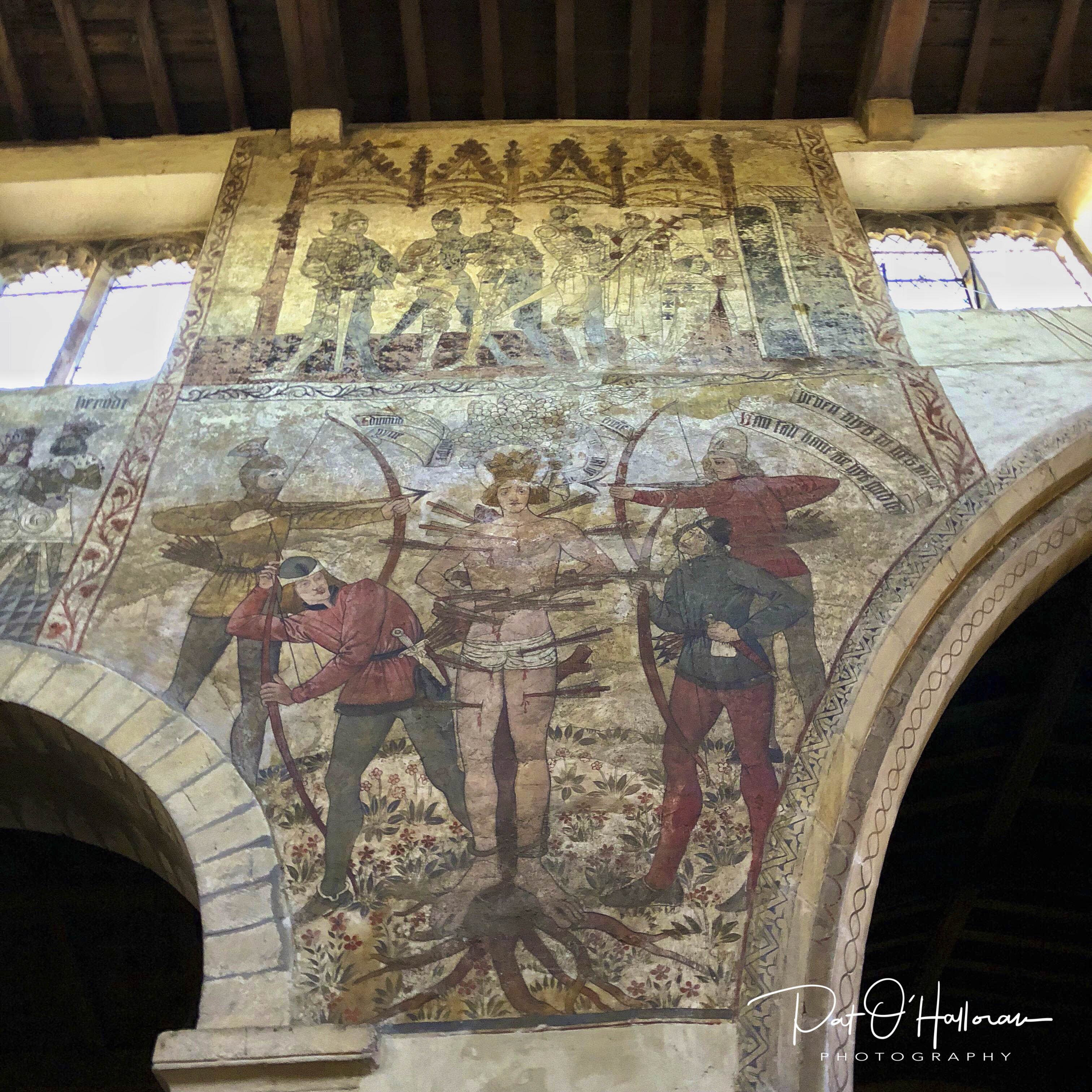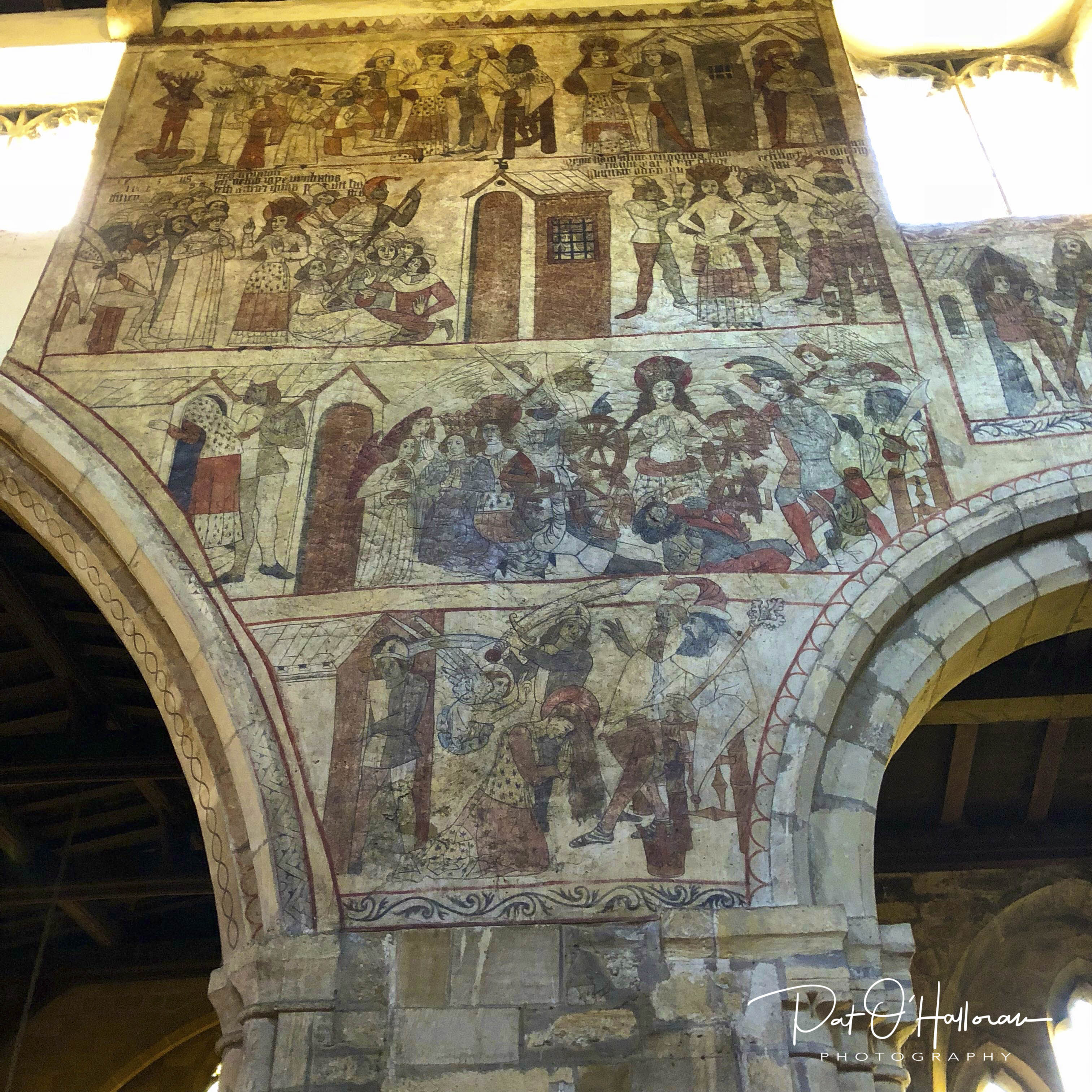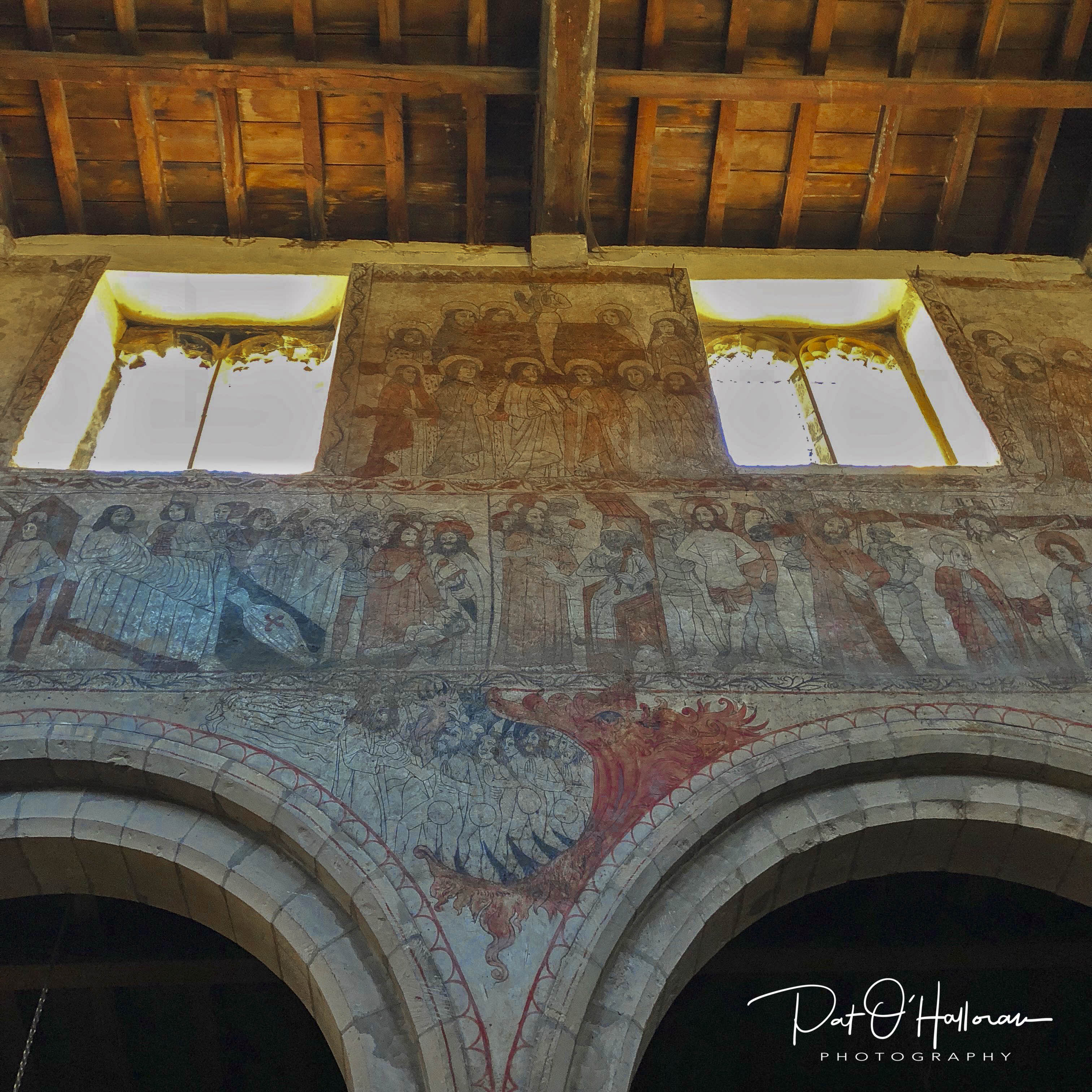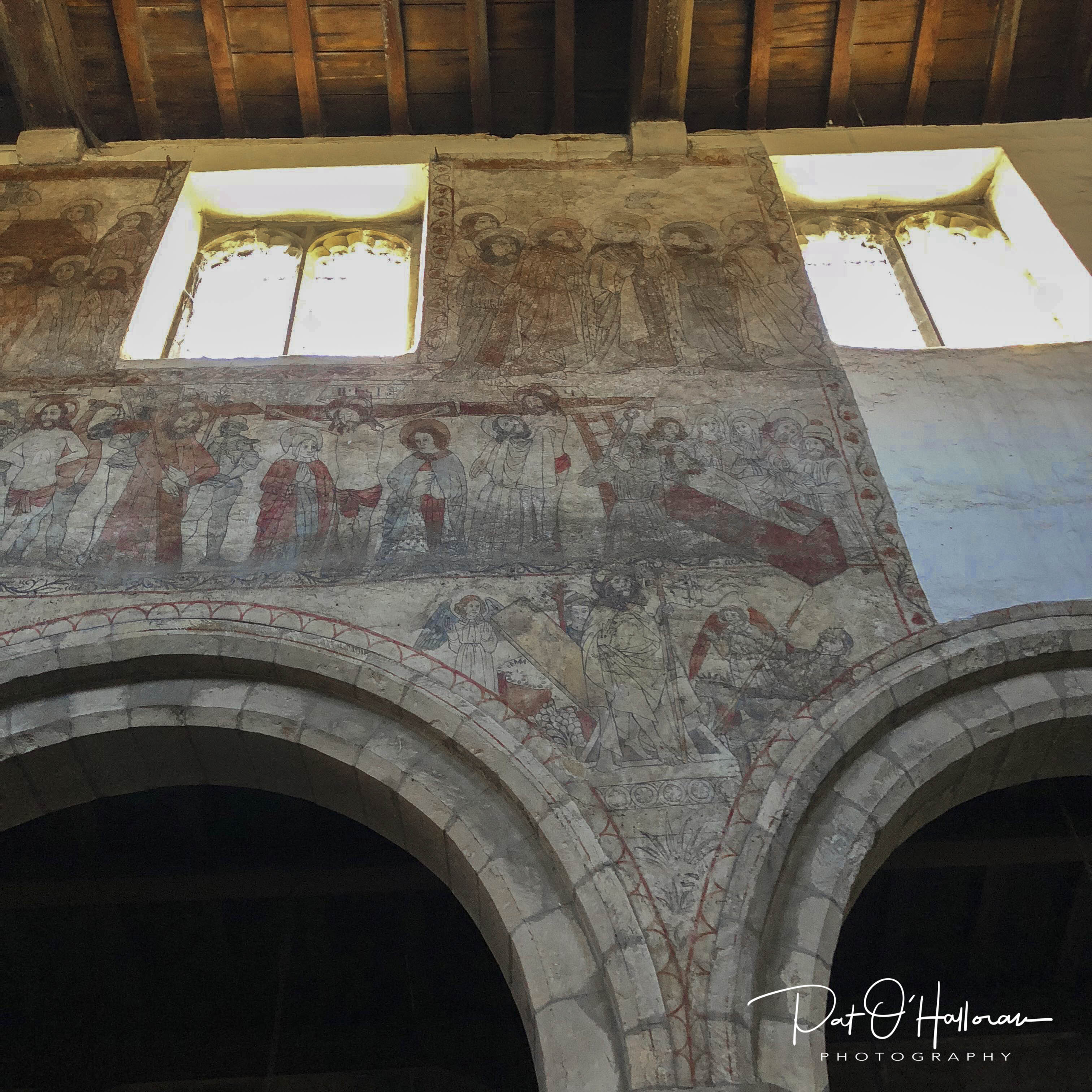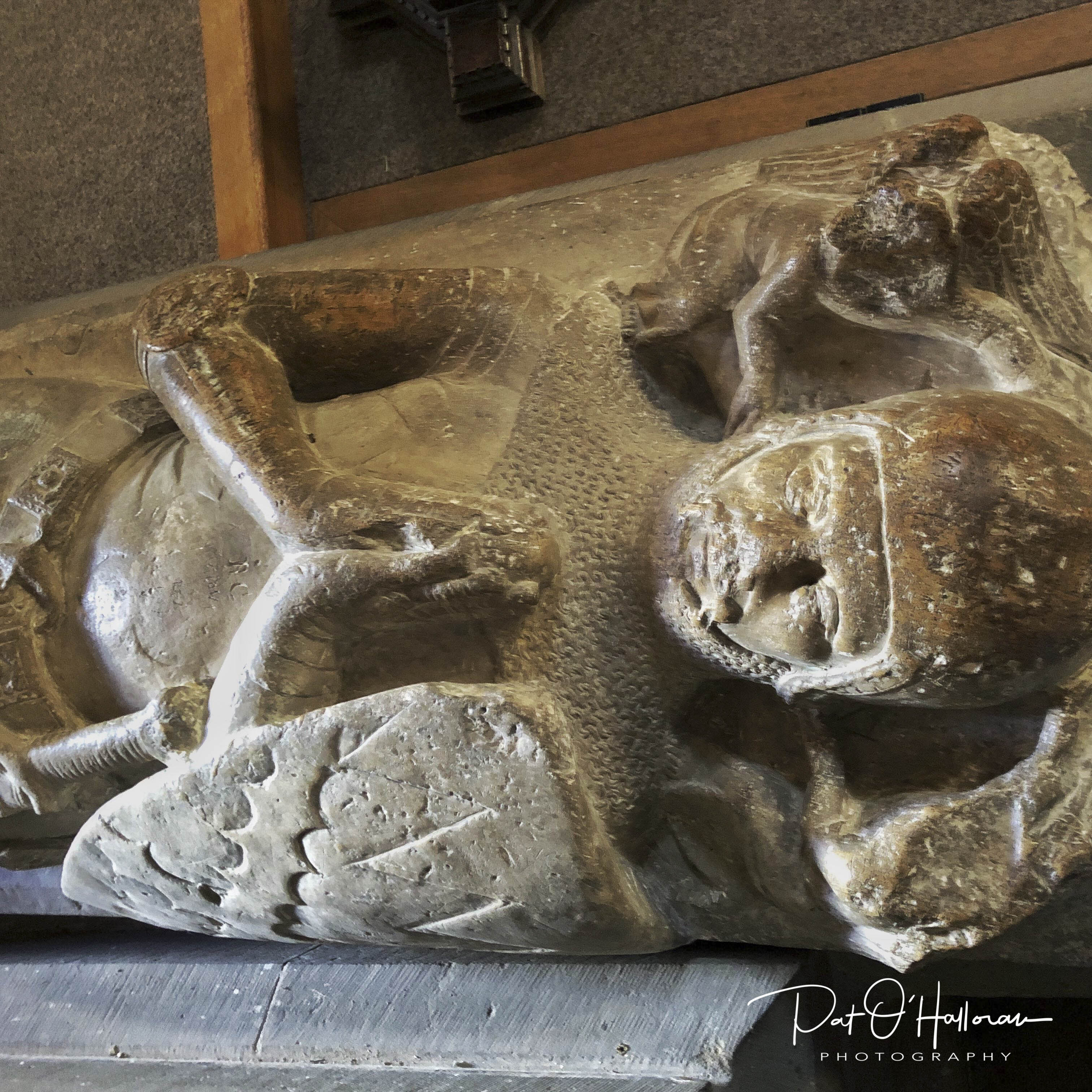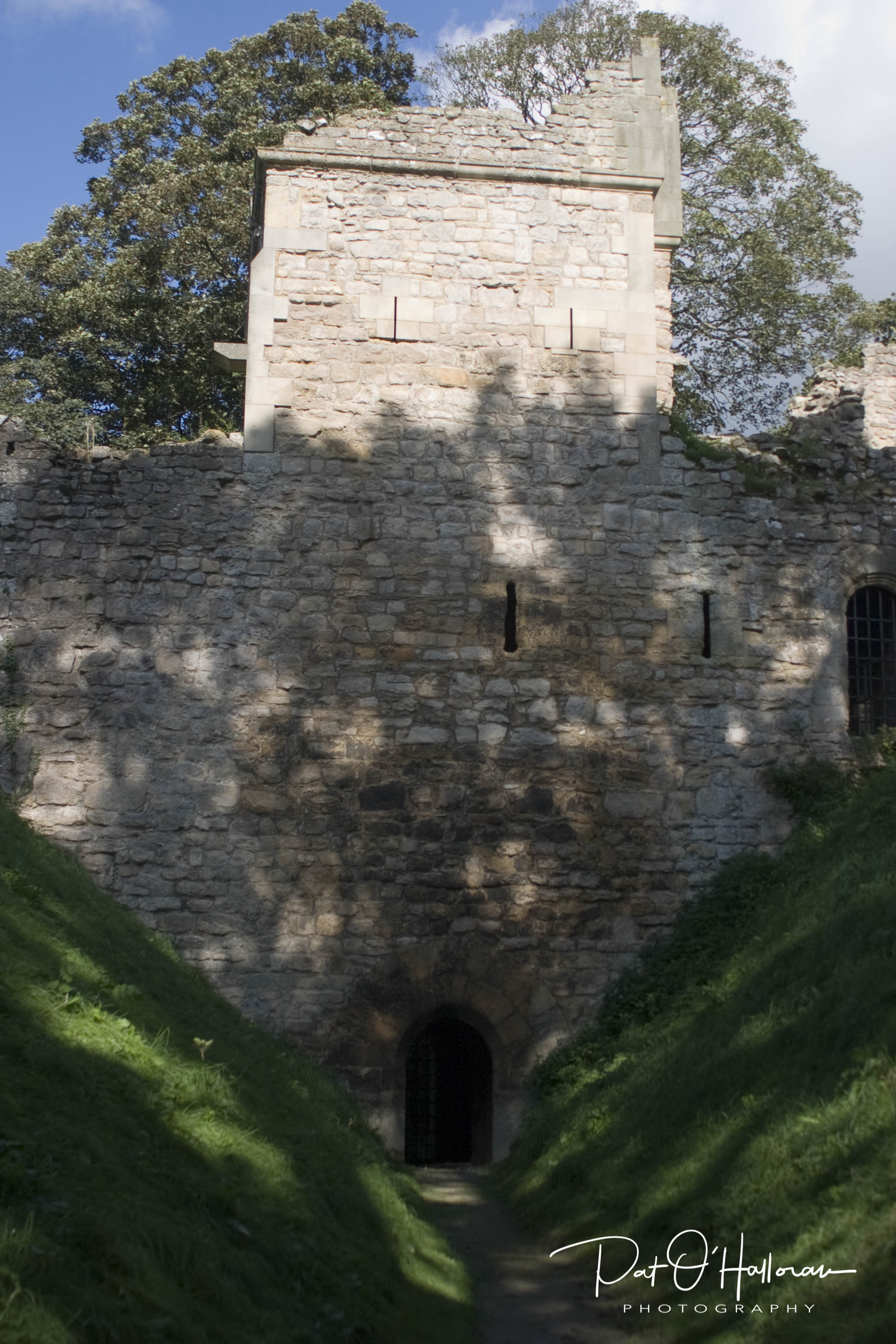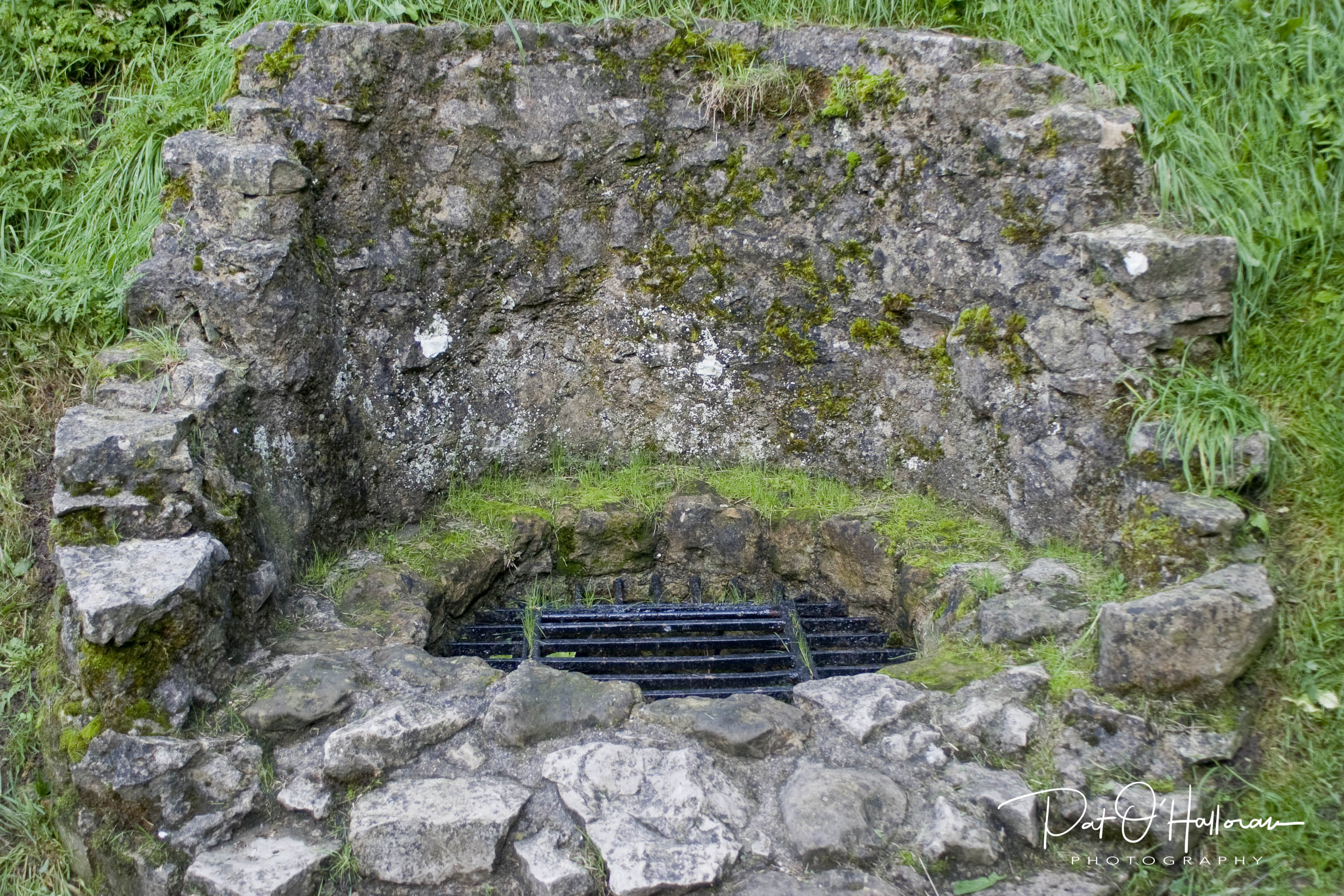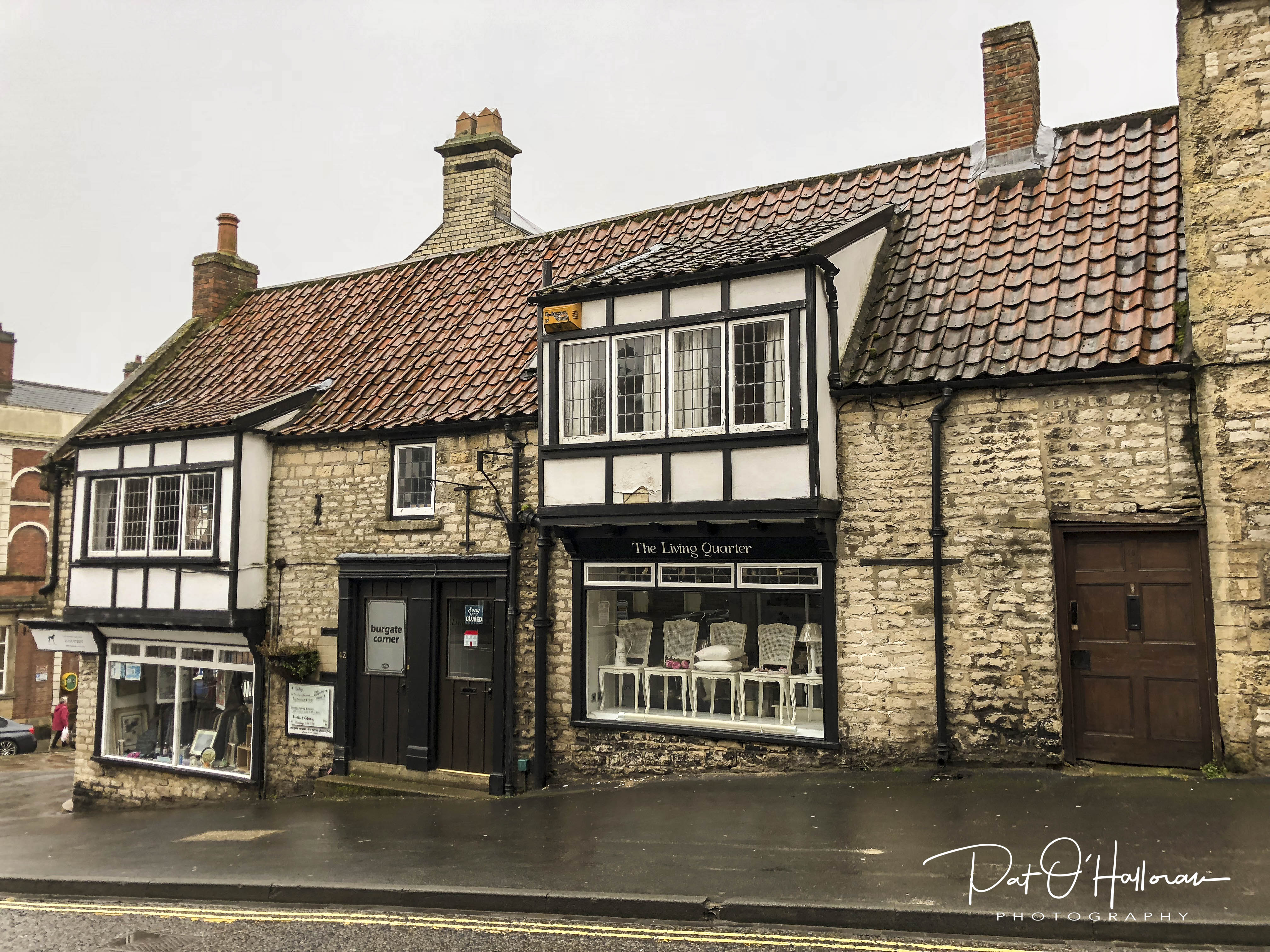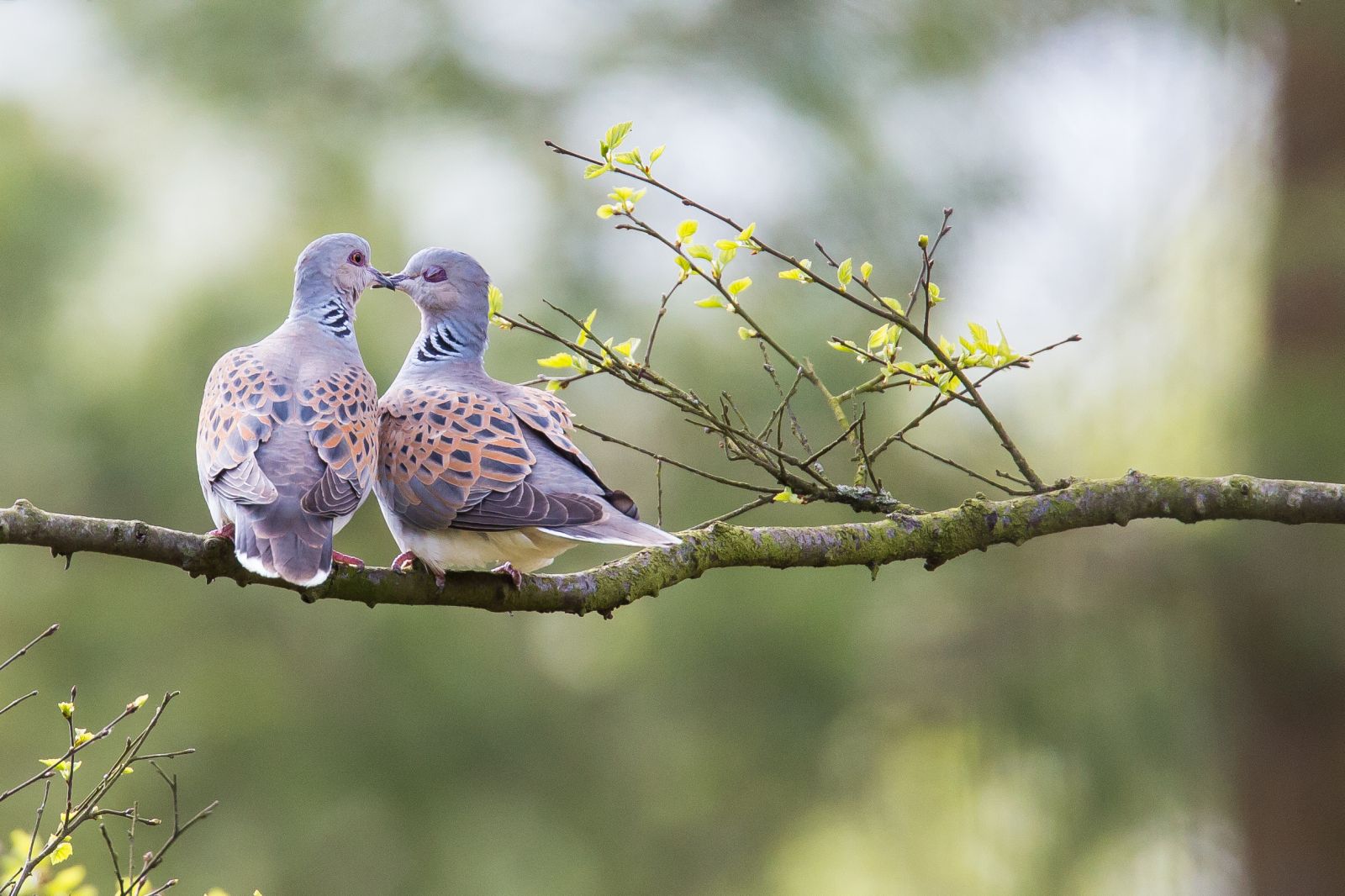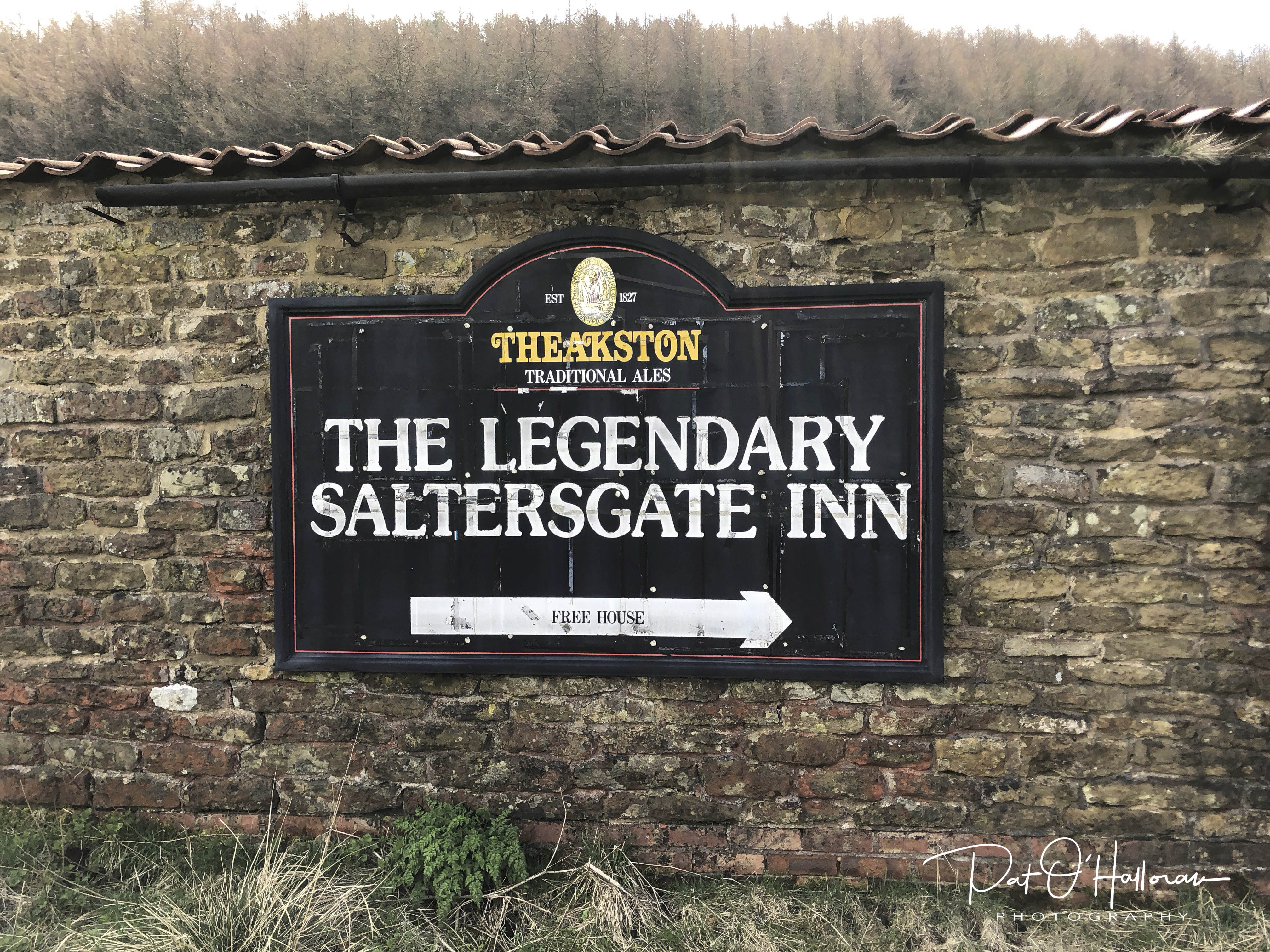 A recent trip to Robin Hoods Bay meant me travelling north from Pickering along the Whitby road. About halfway between Pickering and Sleights the road circles the Hole of Horcum before dipping down Saltergate bank, around the Devil’s Elbow, and heading on past RAF Fylingdales. At the bottom of the bank stands a building now known as the Saltersgate Inn, a place I have drank in a number of times and which has several stories attached to it. Unfortunately, on this trip, it was evident that the building was derelict.
A recent trip to Robin Hoods Bay meant me travelling north from Pickering along the Whitby road. About halfway between Pickering and Sleights the road circles the Hole of Horcum before dipping down Saltergate bank, around the Devil’s Elbow, and heading on past RAF Fylingdales. At the bottom of the bank stands a building now known as the Saltersgate Inn, a place I have drank in a number of times and which has several stories attached to it. Unfortunately, on this trip, it was evident that the building was derelict.
The original building was erected in 1648 and converted to an inn in the early eighteenth century. At that time it was called the Waggon and Horses and soon became a popular haunt of travellers along the old salt road between Whitby and Pickering. (I originally thought that at some point along the way it changed its name to the Saltersgate Inn, however, it appears that it has probably been known by both names for many years. The earliest record I can find of it being called the Saltersgate Inn is in 1869 while the latest record I have, at present, of it being called the Waggon and Horses is 1939).
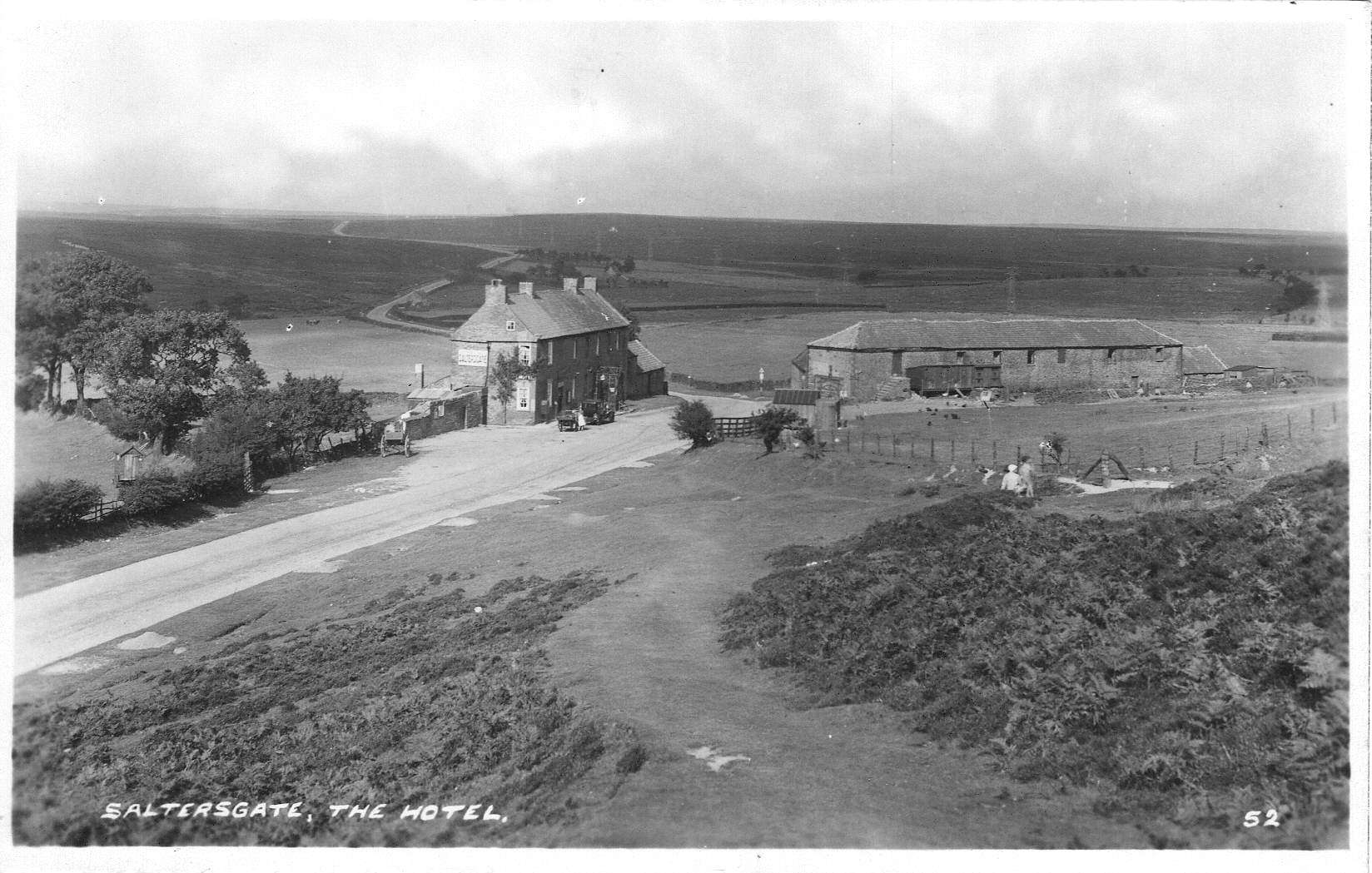
The moors and routes across them were pretty wild at this time and it wasn’t unknown for travellers across the moors to update their wills before setting out. Highwaymen existed to some degree and travellers were not safe unless well escorted. The inn stands upon one of the few roads across the moors at that time, it ran from Whitby to Pickering and was often known as the fish track as catches from the coast were the most often carted items along the road to Pickering. The original road did not follow the current route through Sleights but headed off across the moor (near to where RAF Fylingdales now stands) in a direct line to the coast. In addition to fish it is not hard to imagine that other commodities such as illicit rum and brandy were also hauled for sale inland. The inn’s position gives it a good view of the road and any approaching customs officers could be seen long before they reached the inn allowing occupants time to hide anything that ought not be seen.
Written records from those early times are scarce and we rely on the tales told by word of mouth. As these are passed down, probably sat around the fire in the inn, they are embellished and exaggerated to sound more appealing. There are many accounts extant of the history of the inn but on further investigation it seems many of them are incorrect, or maybe just plain fabricated. It is said in some records that in the reign of Queen Anne (1702-1707) a tax on the sale and use of salt was imposed upon the population (and indeed across much of the empire). As salt was a vital component of life the tax hit everyone hard. It is easy to understand why smuggling salt became popular. However, the tax was introduced before Queen Anne came to the throne and was in place by 1693 and fishery salt was either exempt or taxed at a much lower level. I suppose, though, any tax is worse than no tax so the fishermen may well have sought to escape it.
The stories say that to avoid paying the salt tax many fishermen would trek their raw catches across the moor to the inn where they would find a supply of illicit salt waiting for them. The fish were duly salted and then dispatched on to their final destinations. It is said that in the cellars of the inn there remained for many years the beams upon which fish were hung and there are some earth mounds, known as sidings, to the rear of the inn still visible to this day that were thought to be used for unloading the fish from ponies.
Legend has it that one day when the fishermen were about their business at the inn a customs man sneaked up on them unawares. Some stories tell that a group of customs men had visited the inn and finding nothing amiss had left but one of their number returned secretly. Whichever is true it seems one of them surprised the smugglers and was hit soundly across the head, killing him instantly. Not wanting to face the gallows it was decided the body must be hidden. The landlord lifted the stone flags that lay under the fire and they buried the unfortunate officer under them. The fire was returned to its place and lit to deter anyone from exploring in that area too closely. Stories surrounding the inn say that this fire was never allowed to go out from that point onwards and it is thought to have burned continuously for over two hundred years. Many of the landlords since that time swore that they never let the fire die in their time. Certainly, on my visits to the inn, the fire was always burning but I can’t vouch for the truth in the tale. There is once again a problem with these accounts. The salt tax was collected by the Excise Office when it was first introduced but it proved unworkable and a Salt Office was established as part of the Treasury in 1702. Under this office the country was divided into sections each with its own collection officers. If it truly were a customs officer that was murdered, and he was investigating salt smuggling, it must have been between 1693 and 1702.
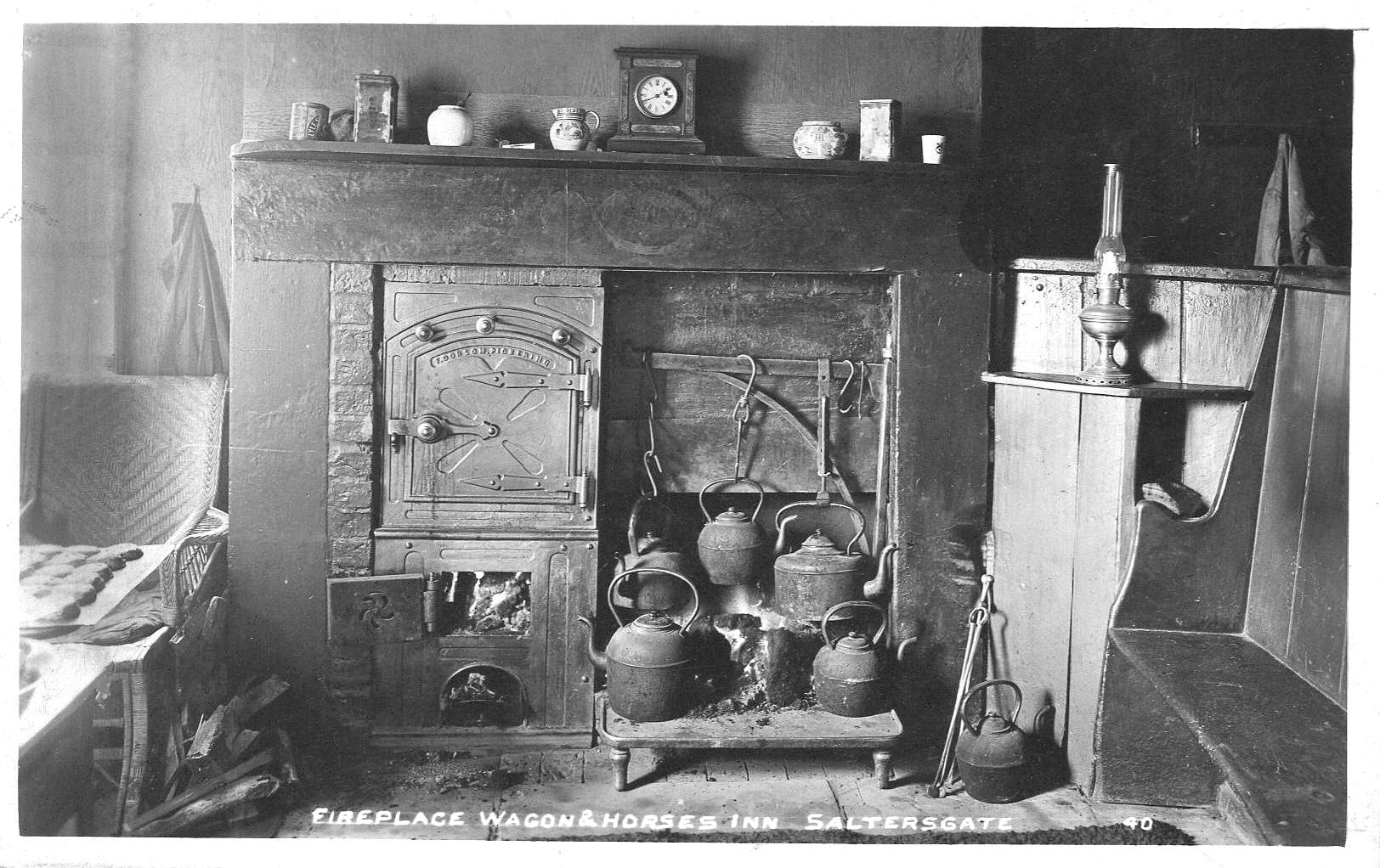
There is an alternative tale that states the Devil was once seen in the inn and was attacked by a priest and the landlord. He either stepped backwards and was caught in the flames or the smoke enveloped him, but he disappeared never to return. The fire has been kept burning ever since to ensure the Devil does not appear for his revenge.
I think the former tale is a possibility but I’m sure if the fireplace is excavated now it is unlikely any remains of the customs officer will be found.
We can first start to see the history of the inn appearing in records from the late eighteenth century. The first recorded landlord that I have been able to find was Robert Dunn. He was born about 1786 in nearby Lockton and married Jane Moon on 28th September 1812. He is recorded as the publican for the inn on the 1841 census but it seems he had probably been living there for some time with his wife and daughter, Sarah. They took in lodgers, as many places at that time would have done, and one of these was a John Foster. John and Sarah obviously got on well as they married on 20th September 1837 in Lockton. They continued to live at the inn and had had two sons by 1841, William Moon and Marmaduke.
By 1851 the family was extended as John and Sarah had added daughters Anne, Mary and Lizzie. Unfortunately, young Marmaduke did not survive his first year.
Robert Dunn died in 1858 at the age of 73 and John and Sarah took over the inn. In the 1861 census John and Sarah were living there with Anne, Lizzy, new daughter Sarah and a son, John. Sarah senior’s Mum, Jane Dunn, was also living with them. William had moved out and can be found living as a farmer on nearby Whinny Nab and his sister, Mary, was living with him as a servant.
By 1871 the Foster family had moved out of the inn to a nearby cottage. Mary was back living with her parents as was John but Sarah junior had married and moved out, so too had Lizzy who had children of her own. Jane Dunn was still living with them.
The occupant of the inn was now listed as Thomas Hick. Thomas was born and baptised in Lockton in 1824 and in 1868 he married Mary Readman who was born in Pickering in 1822. He was living at the inn with Mary and their daughter-in-law. In 1881 they are living at the inn with a lodger and a couple of servants. They also list a Thomas Redman as living there and identify him as a grandson, four years of age. I think this implies Mary had been married before and this was the son of one of her sons.
It gets a little confusing from then on. In 1891 Thomas is listed as the head of the household but widowed though I can’t find a date for Mary’s death that makes sense. He is living with the Hoggard family, the head of which, David, is listed as Thomas’ son-in-law. It seems that Thomas had a daughter, Mary Ann, in 1857 but her mother’s maiden name is given as Newby, not Readman. There are obviously several marriages involved in this family and I don’t have the desire to delve deeper to find out where the links meet. Anyway, David Hoggard married Mary Ann in 1883. Young Thomas Redman is now listed as a servant. On to 1901 where Thomas is still there with the Hoggard family but he dies in 1906.
In 1911 David Hoggard is still in Saltersgate with his family but it doesn’t say for definite if it is at the inn though I suspect it is. His occupation is listed as a farmer but this is not unusual as several times on census returns the innkeeper has also been listed as such. I’m sure they tended a farm in addition to the inn as custom cannot have been brisk.
From then onwards the public records are limited as the next census is not yet 100 years old. However, in 1939 the register taken at the beginning of the war lists the occupant as Charles Thistle, born 1898, living there with his wife Anne Elizabeth and their son, Thomas. Some indications are that the Thistle family remained as the innkeepers until the 1960s. Interestingly Charles is said to have been a member of the Observer Corps.
The inn appears regularly in newspaper reports but with no great story to relate. The pub closed in 2007 and was bought the following year by a local builder with the intention of bringing it back to life. It seems that with the recession and the scope of work required being more than anticipated it was abandoned. It has been up for auction at least once since then but with no buyer. Now it seems that it is to be razed to the ground and a new hotel and restaurant built on the site. It probably is beyond saving now, I hope any new build acknowledges the history of this old building and becomes a local attraction in its own right.
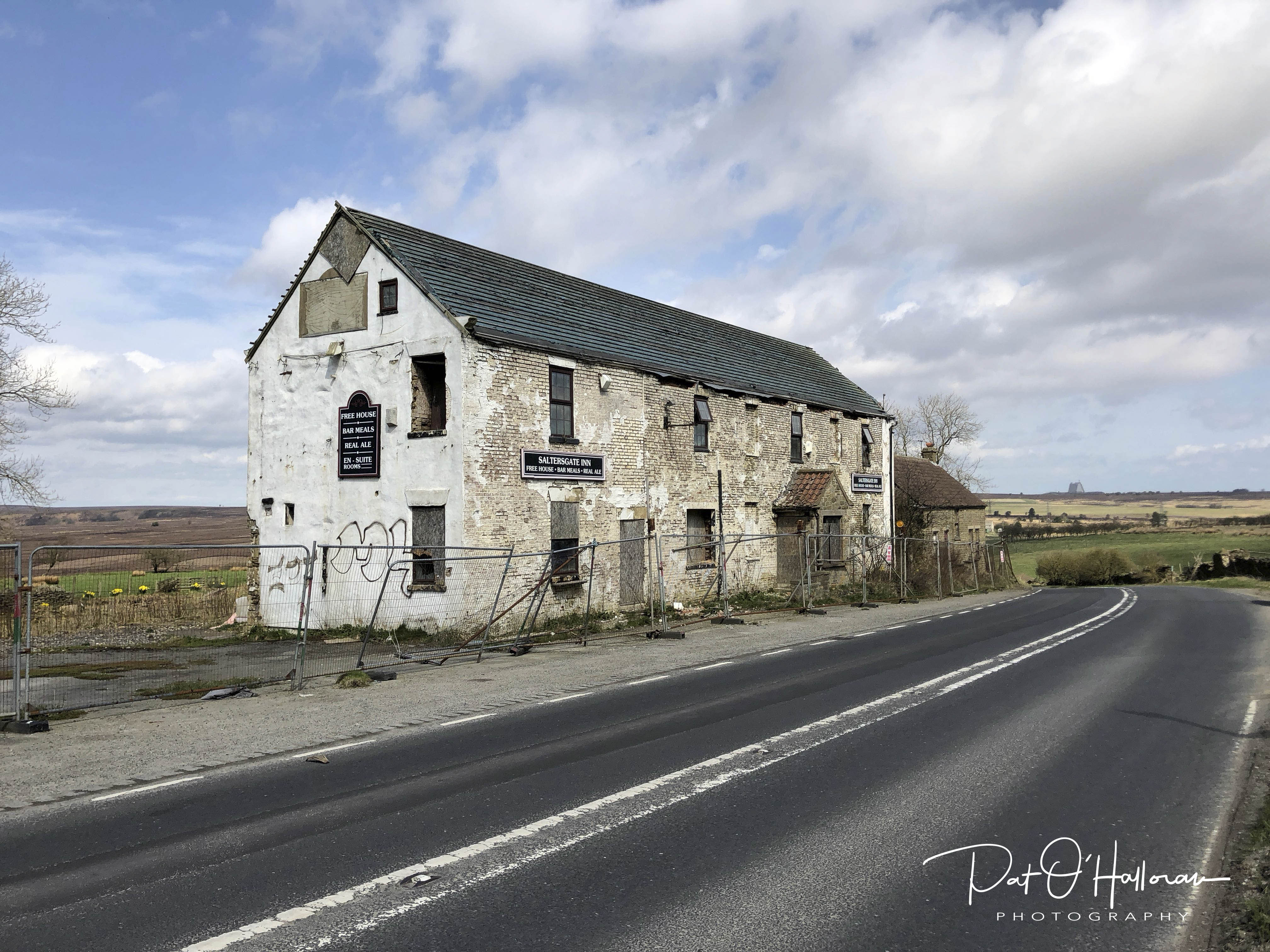
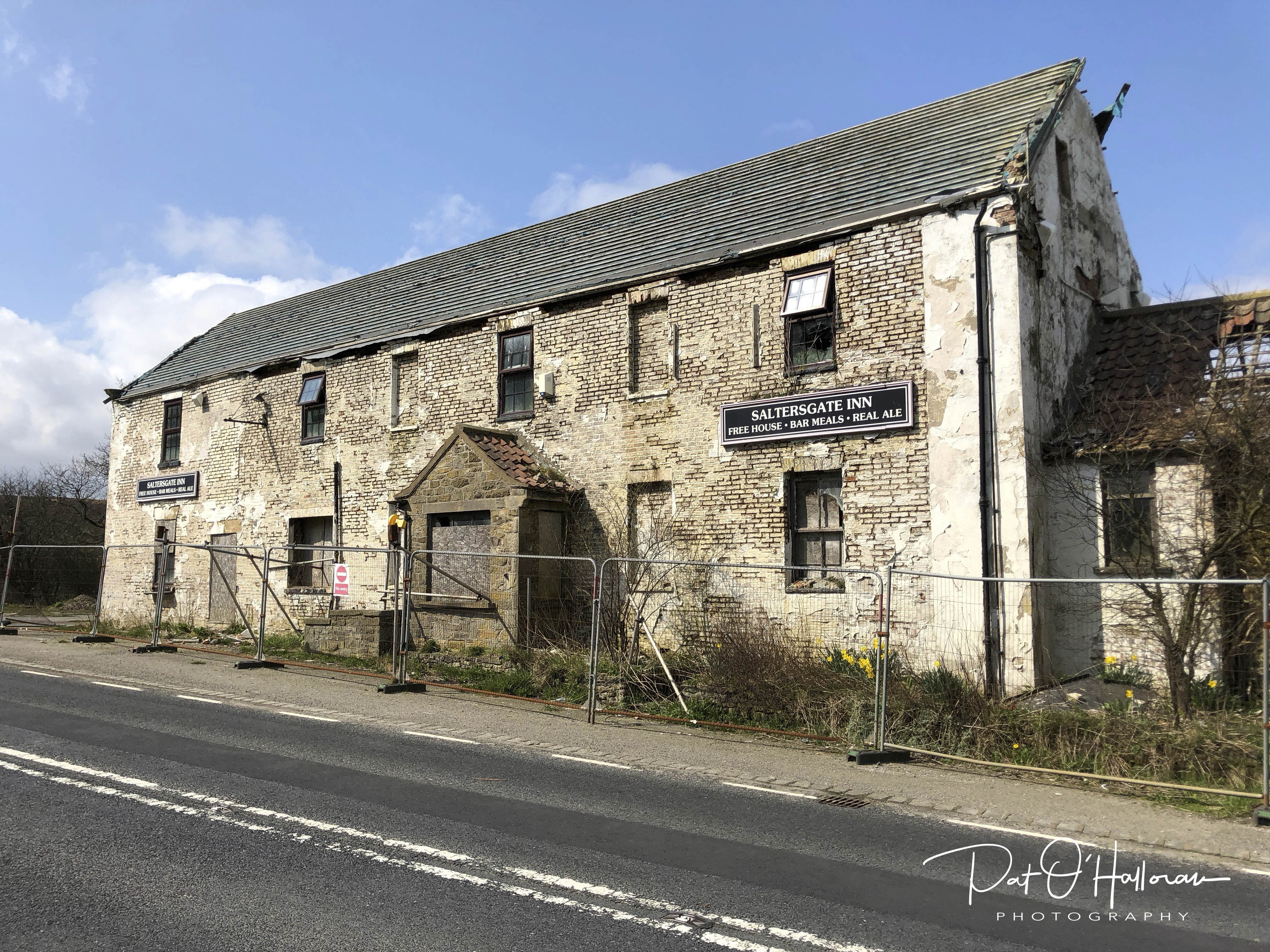

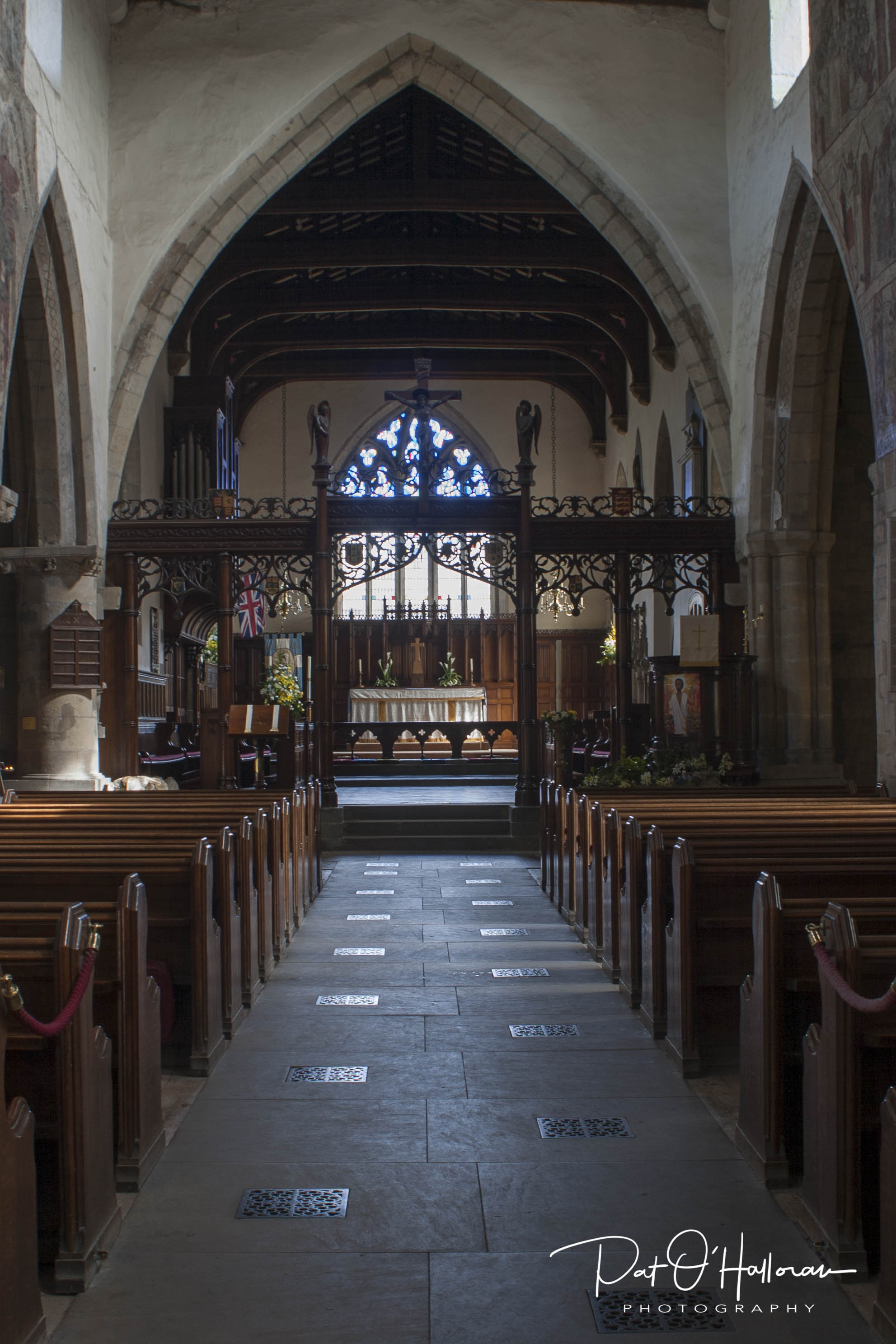 There has been a church on the rise at the top of the market place for a very long time. It was probably first built by the Saxons though little evidence of that still remains – the top part of the font probably comes from that time and a carved cross shaft is also from the same period. Like most churches it was added to, rebuilt, ‘modernised’ and pulled around over the years until we have what we see today. Some of these alterations were needed, for example, when the tower collapsed around 1200 destroying part of the church. Others were, in my opinion, unnecessary tinkering which did nothing to improve the building. I have a particular dislike for most of the ‘improvements’ the Victorians imposed upon our churches.
There has been a church on the rise at the top of the market place for a very long time. It was probably first built by the Saxons though little evidence of that still remains – the top part of the font probably comes from that time and a carved cross shaft is also from the same period. Like most churches it was added to, rebuilt, ‘modernised’ and pulled around over the years until we have what we see today. Some of these alterations were needed, for example, when the tower collapsed around 1200 destroying part of the church. Others were, in my opinion, unnecessary tinkering which did nothing to improve the building. I have a particular dislike for most of the ‘improvements’ the Victorians imposed upon our churches.


